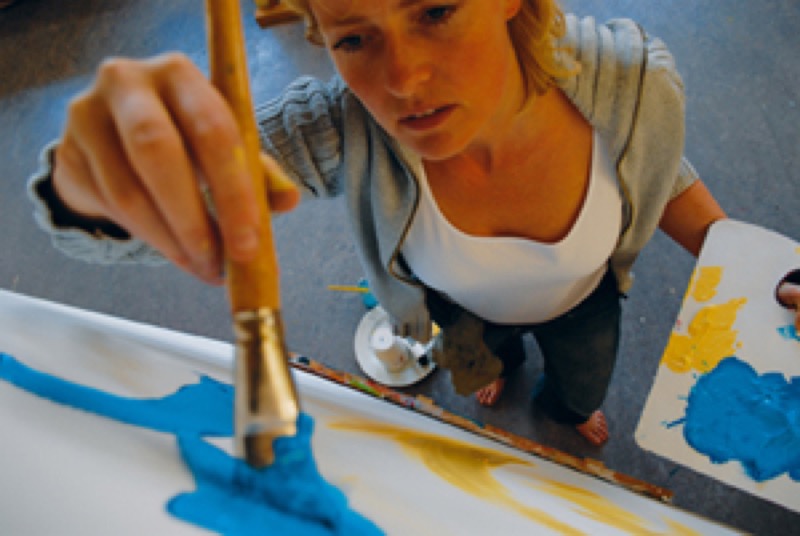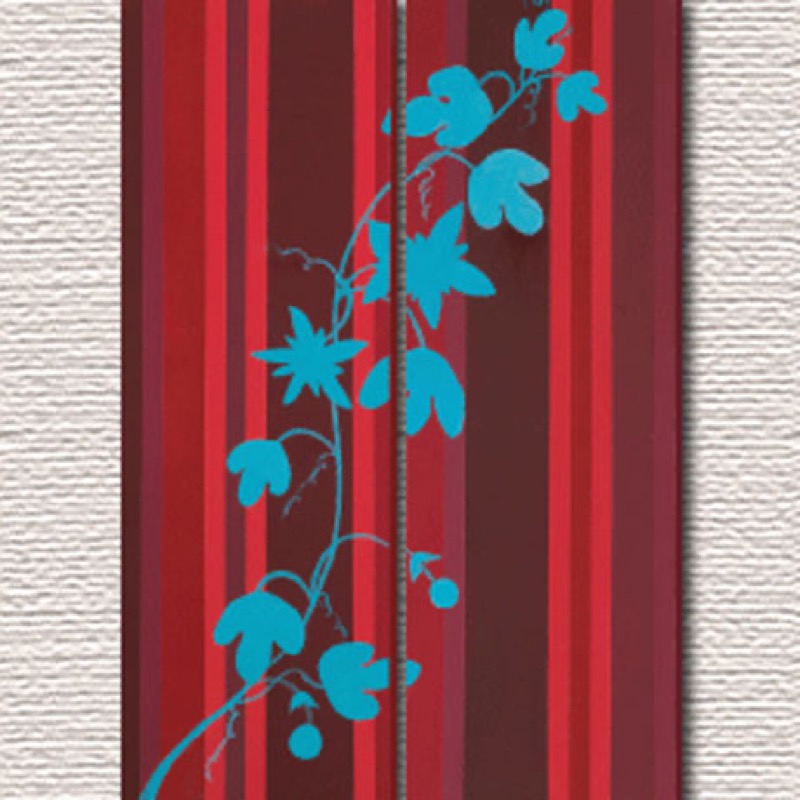There’s no need to master drawing and painting to get started in home décor and proudly receive praise from your friends. As is often the case, you just need to try … and to respect a few basic rules.
1. What is home décor?
A creative hobby coupled with a true artistic dimension, home décor will allow you to personalize your home for a few pennies. The method: Create original paintings, guaranteed to be unique, on stretched canvas or other media.
- It’s easy to get started.
- No particular artistic skills needed.
- The results are always spectacular!
Trick of the Trade: Combine Utility with Artistry …
While it generally has only a decorative function, a home décor painting may also assume a functional character.
A little loving care will transform your creation into a hodge-podge or a souvenir!

2. How to get started
Before beginning a piece, a single precaution rules: Get or-ga-ni-zed!
Before beginning, sketch an outline of your subject as a draft of the same dimensions as your frame: this way, you can be assured that everything you wish to include will find its place. Afterwards, try different positions for the various elements of your painting.
Begin by painting the background of your canvas: you can play with textures. Allow to dry well.
Systematically test on a draft (or on a canvas that you reserve for drafts) the painting effects that you plan to use: check the results, and also the method of application.
Work on each zone separately, after having marked the contours with masking tape.
Always finish by affixing collages of fragile materials that are susceptible to soiling.
Trick of the Trade: How to Fix a Mistake
Don’t Panic: To err is human! Above all, remember that the most radical methods are allowed in home décor: entirely repaint the concerned zone, scrap the volume … If worse comes to worst, glue an object or smaller piece of canvas over the incriminating spot … Your admirers will only see your passion!

3. Secrets of a successful painting
Think in three dimensions: Texturize your paintings, play with raised areas and superpositions, insert elements into your compositions (photos, crumpled paper, small glued objects … ).
Dare trompe l’oeil
-Draw a flower that will come to rest in a real vase, glued to the frame.
-Dress your characters in garments from bits of fabric.
-Create an ethnic scene around a real wooden mask…
In short, anything is possible!
Cut, glue, trace … instead of trying to draw everything free-hand. A home décor painting is always a multi-element composition.

Play with geometry: You can divide your work into several zones, each of which will be treated differently.
Create separations with the help of ribbons or twine.
Accentuate raised areas by gluing small frames onto your principal canvas.
Fragment your work using several frames in different dimensions that will form an ensemble when they are placed on the wall.
Plan your creation to complement the characteristics of its future environment
If spice collages and rice/coffee mosaics easily find their place in a kitchen, wriggling
turquoise fish (a non-food color par excellence) will surely brighten up a bathroom
Consider that the general tone of your work should harmonize with the wall, and also with the rest of your décor.
Favor horizontal shapes above a sofa, and tall frames, staggered at intervals, on the stairs.
4. Mistakes to avoid
Beware of too much! Although home décor is easy to do, you must learn to master your creativity.
Resist anything that is too…
Complicated: Your friends will grasp your works with a single glance, and power often arises from simplicity.
Exhaustive: Don’t confuse homage with the encyclopedia. Africa is easily identified by an elephant, the silhouette of a woman carrying an infant on her back or a sunset in warm shades. No need for a map!
Eccentric: A home décor painting tells a story. If certain elements don’t integrate easily, save them for later use.
Realistic: You will work much more serenely … Too much realism can lead to fatal errors, of perspective, for example.
Naïve: Save this style for your youngest’s bedroom.
Abstract: Offer your admirers some elements that allow them to understand that your approach is always welcoming.
Nice: Unless you foresee a commercial enterprise, practice different ways to say “no” … before your best friend leaves with your chef d’oeuvre!
Recommended product:
Kraft paper
